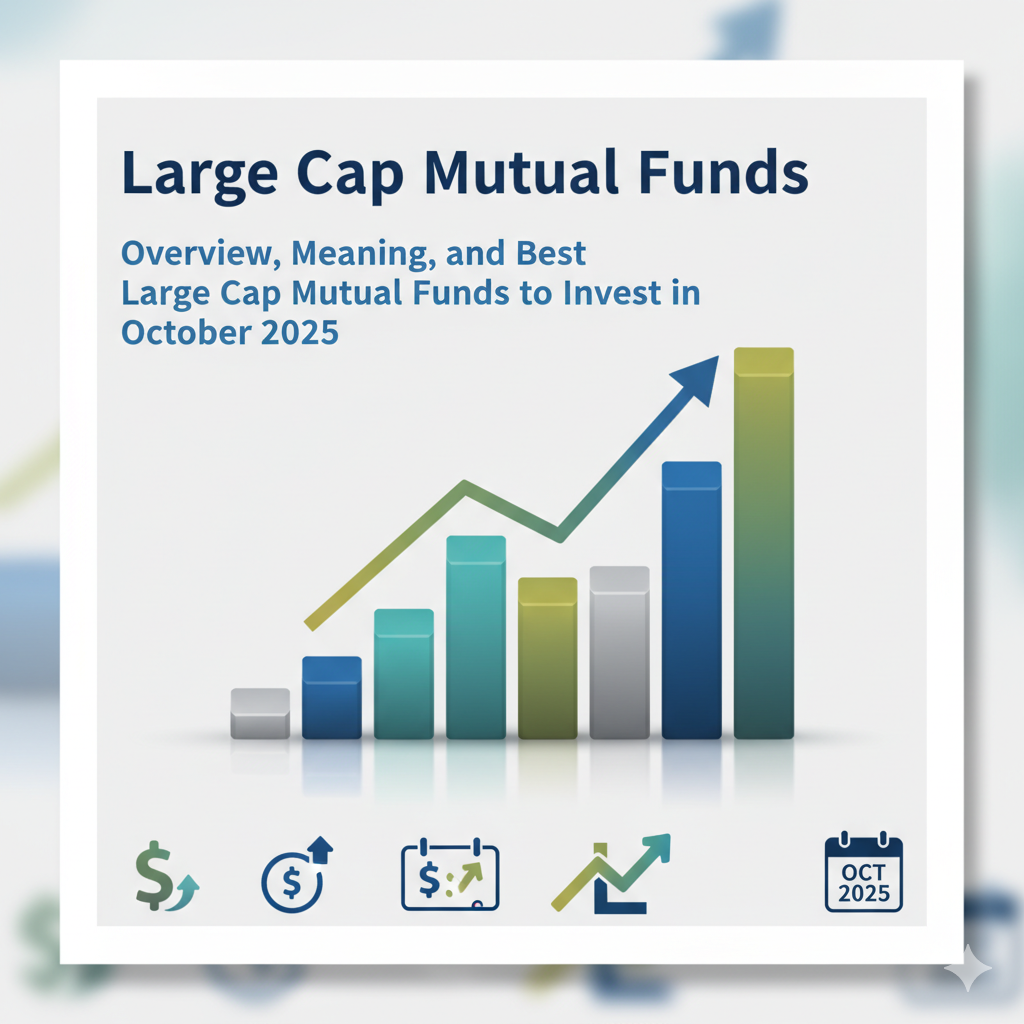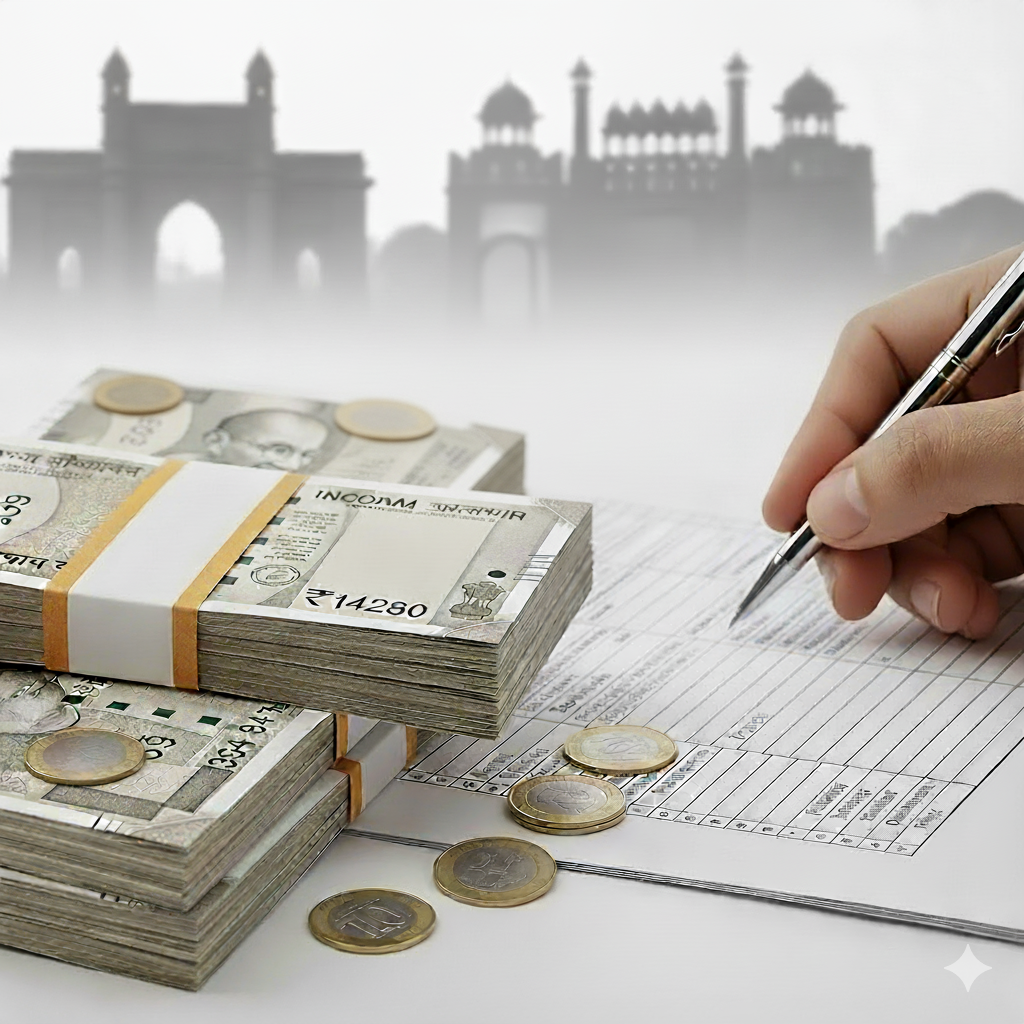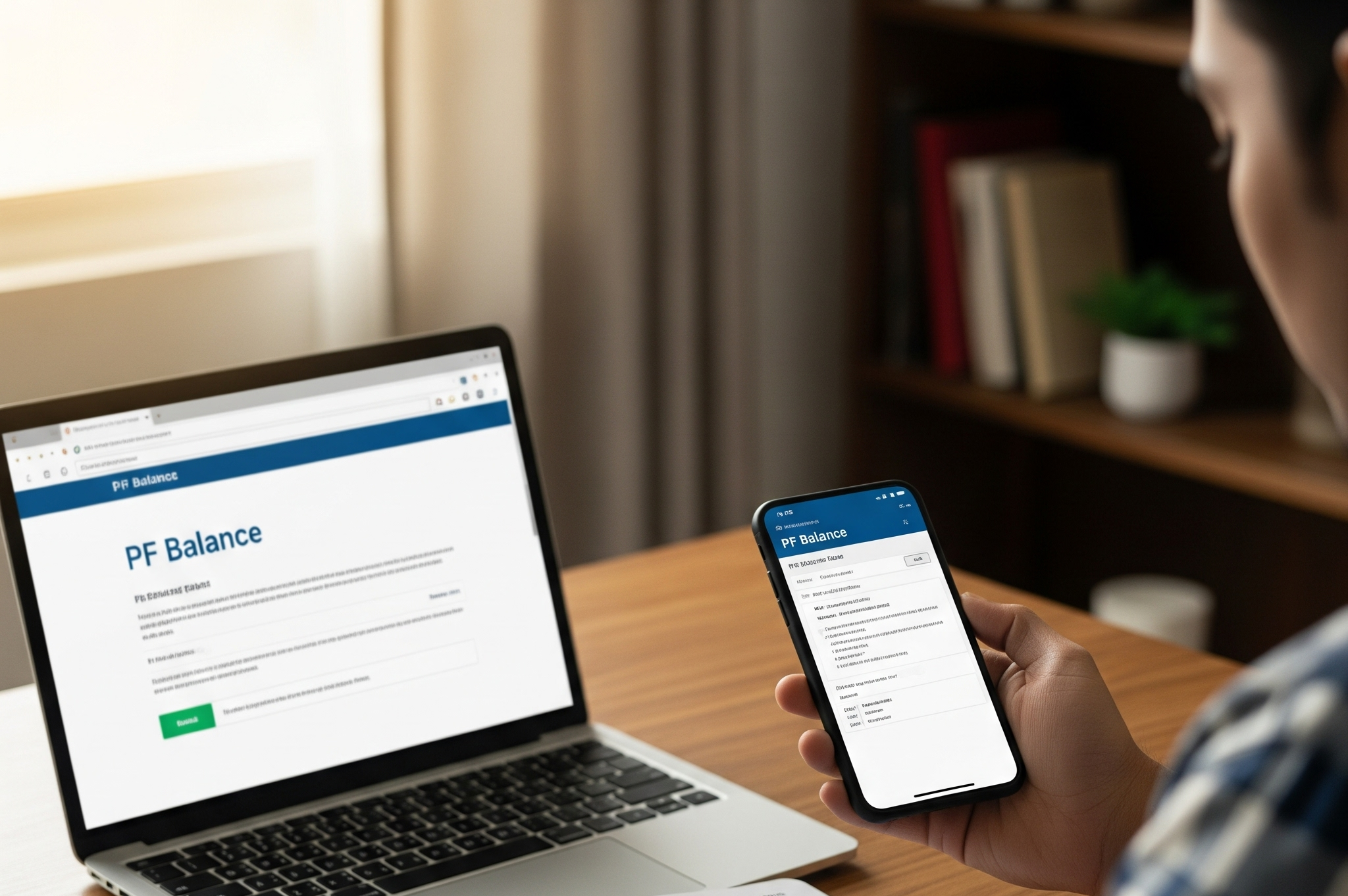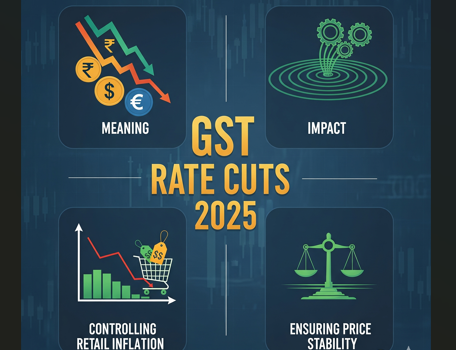As we all know, the 2025 tax filing season is approaching, and many taxpayers are still confused about whether to choose the old or the new tax regime. The new tax regime, introduced in 2020, brought a shift in the way taxes are structured. Unlike the old regime, which offered multiple exemptions and deductions, the new system focuses on reduced tax rates to leave more money with taxpayers. However, this came at the cost of removing most deductions and exemptions that were previously available. Still, some benefits continue to apply under both regimes.
In this blog, we will discuss the benefits that remain available under both tax regimes, while also covering the overall concept of tax filing.
What is Tax Filing?
Tax filing is the process of reporting your income to the government by submitting an Income Tax Return (ITR), where you disclose your earnings, savings, deductions, and taxes paid during the financial year. It helps the government verify whether you have paid the correct amount of tax, determine if you are eligible for a refund in case of excess payment, and assess your financial profile for future requirements such as loans, visas, or credit checks. In simple terms, filing taxes ensures legal compliance, provides access to refunds, and enhances your financial credibility.
Why Tax Filing Is Important?
1. Legal Requirement
Filing your Income Tax Return (ITR) is mandatory if your income exceeds the basic exemption limit. Timely filing ensures you follow tax regulations and helps you avoid penalties, interest charges, or notices from the Income Tax Department.
2. Get Refunds
At times, you may pay more tax than needed through TDS (Tax Deducted at Source) or advance tax. Submitting your ITR allows you to claim these excess payments back, ensuring your hard-earned money is returned to you.
3. Valid Income Proof
An ITR serves as reliable proof of both income and tax payment. It is commonly required for financial activities such as applying for loans, purchasing property, getting a visa, or undergoing financial verification.
4. Build Financial Credibility
Consistently filing returns strengthens your financial history. This boosts your trustworthiness with banks and financial institutions, making it easier to obtain loans, credit cards, or investment opportunities.
5. Stay Safe Legally
Filing your taxes on time protects you from future disputes, inquiries, or scrutiny from the tax department. It ensures transparency and provides a sense of financial security.
List of Common Deductions under the Old Tax Regime and the New Tax Regime
Old Tax Regime
- 1. Standard Deduction – Salaried employees can claim a flat deduction of ₹50,000 from their income.
- 2. Section 80C (up to ₹1.5 lakh) – Covers savings and investments like PPF, ELSS, home loan principal repayment, and life insurance premiums.
- 3. Section 80D – Deduction for health insurance premiums paid for self and family.
- 4. HRA & LTA – Tax benefits available on House Rent Allowance and Leave Travel Allowance.
- Section 24(b) – Deduction on home loan interest payments.
- 5. Other Deductions – Includes 80G (donations to charity), 80E (interest on education loans), and more.
New Tax Regime
- Standard Deduction (₹50,000) – As per Bajaj Finserv, salaried employees can reduce their taxable income by ₹50,000 through a standard deduction.
- Section 80C (up to ₹1.5 lakh) – Investments and expenses like Public Provident Fund (PPF), Equity Linked Saving Scheme (ELSS), repayment of home loan principal, and life insurance premiums are eligible for deductions up to ₹1.5 lakh.
- Section 80D – Wikipedia notes that you can claim tax benefits on health insurance premiums paid for yourself, your spouse, children, or parents.
- HRA & LTA – As highlighted by IndiaFilings, salaried individuals can claim exemptions on House Rent Allowance (HRA) if they live in rented accommodation, and on Leave Travel Allowance (LTA) for travel expenses within India.
- Section 24(b) – Under this section, you can claim a deduction on interest paid on home loans, which reduces your taxable income further.
- Other Deductions – Additional deductions such as 80G (for donations to charitable organizations) and 80E (for interest paid on education loans).
Comparison of the Old Tax Regime Vs. New Tax Regime
| Feature | Old Tax Regime | New Tax Regime |
| Standard Deduction | ₹50,000 (as per Income Tax India) | ₹75,000 (as per Income Tax India) |
| Deductions & Exemptions | Offers many options like Section 80C, HRA, LTA, etc. (Indiatimes) | Very few, mainly NPS contributions (Indiatimes) |
| Rebate under Section 87A | Up to ₹12,500 if income ≤ ₹5 lakh (Income Tax India) | ₹25,000 if income ≤ ₹7 lakh; raised to ₹60,000 from AY 2026–27 (Indiatimes) |
| Complexity | More complicated, as it needs multiple proofs and documents (Indiatimes) | Easier with minimal paperwork and simpler compliance (Income Tax India) |
| Best For | People with high investments and expenses who can claim deductions (Indiatimes) | People with fewer deductions who prefer a simple tax system (Income Tax India) |
Which Deductions Are Still Valid in Both Regimes?
1. Standard Deduction for Salaried Individuals and Pensioners
Both salaried employees and pensioners can now claim a standard deduction in both regimes. The amount differs: the old regime allows ₹50,000, while the new regime offers ₹75,000 (for FY 2024-25 / AY 2025-26). This deduction is applied automatically when you file your ITR, reducing your taxable income.
2. Employer’s Contribution to EPF and NPS
If your employer contributes to your EPF or NPS account, the amount is tax-free up to ₹7.5 lakh per year under both regimes. Any contribution above this limit will be taxed as your income.
3. Gratuity Payout
In the old regime, gratuity up to ₹20 lakh is exempt from tax (earlier it was ₹10 lakh). Under the new regime, this benefit was not available until May 2025, when the CBDT allowed gratuity exemption of up to ₹5 lakh under Section 115BAC(1A).
4. Family Pension Deduction
Family pension is paid to the spouse or dependent of a deceased employee. Earlier, under the old regime, the deduction allowed was ₹15,000. In Budget 2024, this limit was raised to ₹25,000, but the higher deduction applies only under the new regime from FY 2024-25 onward.
5. Agnipath Scheme Contributions (Section 80CCH)
The Agnipath scheme, introduced in 2020, allows young recruits (Agniveers) to serve in the armed forces for four years. During this period, both the Agniveer and the government contribute to a SevaNidhi corpus, which is disbursed at the end of service. For tax purposes, an Agniveer’s own contribution is eligible for deduction only under the old regime. The government’s matching contribution, however, is deductible under both regimes. In the new regime, self-contributions are not allowed as deductions.
Which deductions are not available under the new Regime?
The new tax regime was introduced with revised tax slabs to make taxation easier and reduce the burden on taxpayers.
1. Section 80C – Investments like PPF, ELSS, NSC, life insurance premiums, repayment of home loan principal, and tuition fees.
2. Section 80D – Premiums paid for health insurance.
3. Section 80E – Interest paid on education loans.
4. Section 24(b) – Interest on home loans for self-occupied houses.
5. Section 80G – Donations made to charitable institutions.
6.Section 80TTA/80TTB – Interest earned on savings accounts.
7. HRA & LTA – Exemptions for house rent allowance and leave travel allowance.
FAQs
Q1. Can I switch my tax regime while filing ITR in 2025?
Ans. Yes, you can choose your regime, but once you file Form 10IEA for AY 2024-25, the choice cannot be changed for that year. After opting for the new regime, you must continue with it for AY 2024-25, while the old regime remains the default if not chosen.
Q2. Is Section 80CCD available under the new tax regime?
Ans: Yes. Section 80CCD(2) allows a deduction for contributions made by an employer to an employee’s NPS account. However, this benefit is limited only to salaried individuals, as self-employed persons cannot claim it. The deduction is available in both the old and the new regimes.
Q3. Is Section 80D available under the new tax regime?
Ans: No. If you opt for the new tax regime, you cannot claim deductions under Section 80D for health insurance premiums. This benefit is available only under the old regime.
Q4. Can NPS contributions be claimed under the new tax regime (2025–26)?
Ans: No. The deduction of up to ₹1.5 lakh for NPS contributions, which falls under Section 80C, is not available in the new tax regime.








